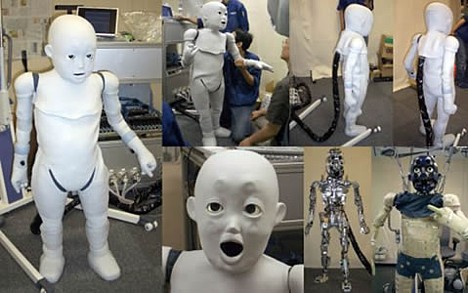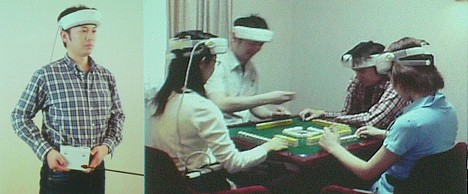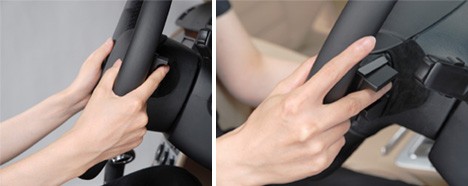
Over the past few years, Hitachi's finger vein authentication technology -- which identifies individuals based on the unique pattern of blood vessels inside their fingers -- has appeared in everything from ATMs and computers to building entrances and cardless payment systems. Hitachi's latest development puts the biometric security technology inside the car steering wheel and couples it with a system that allows the engine to start only for drivers whose finger vein patterns the vehicle recognizes.
While providing an extra layer of security against car theft, Hitachi's steering wheel finger vein authentication system also works to improve in-vehicle comfort when used with seats, mirrors and air conditioners that auto-adjust according to the preferences of the driver touching the wheel. Furthermore, the finger vein reader, which is small enough to be embedded inconspicuously on the back of the steering wheel, can be used as a programmable multi-purpose switch that lets the driver perform different functions with different fingers. The driver could, for example, use different fingers to turn on the stereo, open the sunroof, and operate the navigation system -- all while concentrating on the road and maintaining a natural grip on the wheel.
The company also sees great future potential for the steering wheel finger vein reader as cars become smarter and equipped with increasingly complex IT-based functions. In Hitachi's vision, the reader will one day be used with on-board electronic payment systems that literally keep you in the driver's seat while making secure payments at drive-thrus, as well as with services that let you pay for and download music while on the road.
Hitachi first brought their finger vein authentication technology to automobiles in 2005, with a keyless car door lock that checks finger veins and opens only for the vehicle's registered driver. The technology, which Hitachi originally developed in 1997, relies on image sensors and near-infrared light passing through the finger to measure the vein patterns inside. Each individual finger has a unique pattern of blood vessels, much like a fingerprint, which can be used as a form of biometric identification.
A model vehicle equipped with Hitachi's steering wheel finger vein authentication system will be on display at the 2007 Tokyo Motor Show from October 27 to November 11.
[Source: Hitachi press release]

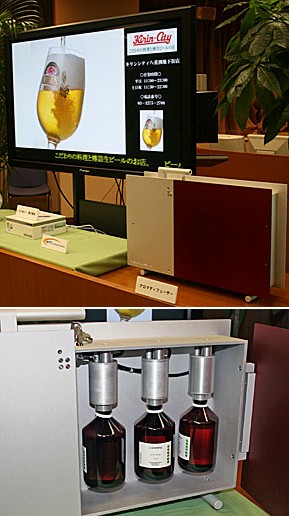 NTT Communications (NTT Com) has announced plans to begin testing its latest aroma-emitting digital sign technology, called "Kaoru Digital Signage," in Tokyo. The tests, which will take place outside the Kirin City Beer Hall in the underground Yaesu Shopping Mall (JR Tokyo station) from October 21 to the end of December, will involve internet-controlled signs that display electronic imagery of beer while emitting aromas such as lemon and orange. The researchers aim to study the sign's effectiveness in drawing passersby into the restaurant.
NTT Communications (NTT Com) has announced plans to begin testing its latest aroma-emitting digital sign technology, called "Kaoru Digital Signage," in Tokyo. The tests, which will take place outside the Kirin City Beer Hall in the underground Yaesu Shopping Mall (JR Tokyo station) from October 21 to the end of December, will involve internet-controlled signs that display electronic imagery of beer while emitting aromas such as lemon and orange. The researchers aim to study the sign's effectiveness in drawing passersby into the restaurant. 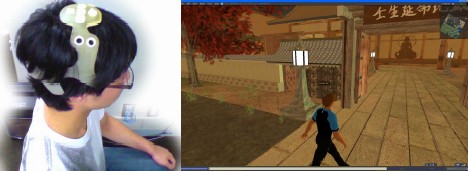
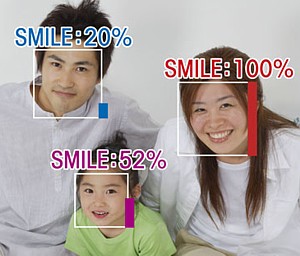 On September 5, the Omron Corporation unveiled smile recognition software that promises to improve the ability of machines to read human emotions.
On September 5, the Omron Corporation unveiled smile recognition software that promises to improve the ability of machines to read human emotions. 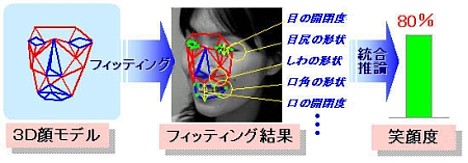
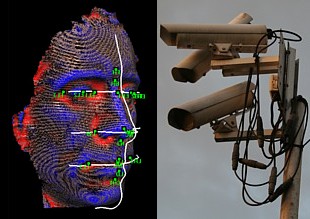 On July 19, electronics giant NEC announced it has developed the world's first automated border control system that uses facial recognition technology capable of identifying people inside their automobiles. The system is already in operation at checkpoints on the Hong Kong - Shenzhen border.
On July 19, electronics giant NEC announced it has developed the world's first automated border control system that uses facial recognition technology capable of identifying people inside their automobiles. The system is already in operation at checkpoints on the Hong Kong - Shenzhen border. 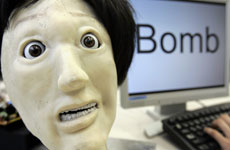 Kansei, a robot face capable of 36 expressions that vary according to emotional interpretations of words it hears, is the latest achievement to emerge from a Meiji University research lab working to develop conscious and
Kansei, a robot face capable of 36 expressions that vary according to emotional interpretations of words it hears, is the latest achievement to emerge from a Meiji University research lab working to develop conscious and 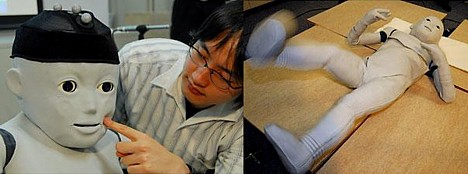
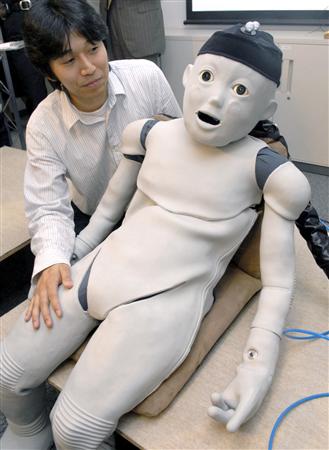 The 130 cm long, 33 kg robot features 56 air cylinders that serve as muscles. With cameras for eyes and microphones for ears, and with 197 tactile sensors embedded in the layer of soft silicone skin covering its entire body, CB2 is well-equipped to take in environmental stimuli. When CB2's shoulders are tapped, it blinks as if surprised, stops moving, and turns its gaze toward the person who touched it, and when a toy is dangled in front of its eyes, it appears to devote all its energy to trying to reach for it. CB2 also has a set of artificial vocal chords that it uses to speak baby talk.
The 130 cm long, 33 kg robot features 56 air cylinders that serve as muscles. With cameras for eyes and microphones for ears, and with 197 tactile sensors embedded in the layer of soft silicone skin covering its entire body, CB2 is well-equipped to take in environmental stimuli. When CB2's shoulders are tapped, it blinks as if surprised, stops moving, and turns its gaze toward the person who touched it, and when a toy is dangled in front of its eyes, it appears to devote all its energy to trying to reach for it. CB2 also has a set of artificial vocal chords that it uses to speak baby talk. 